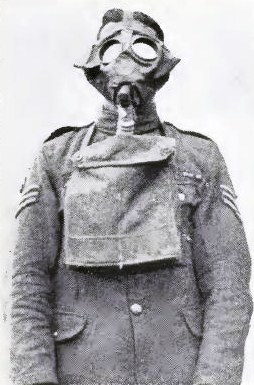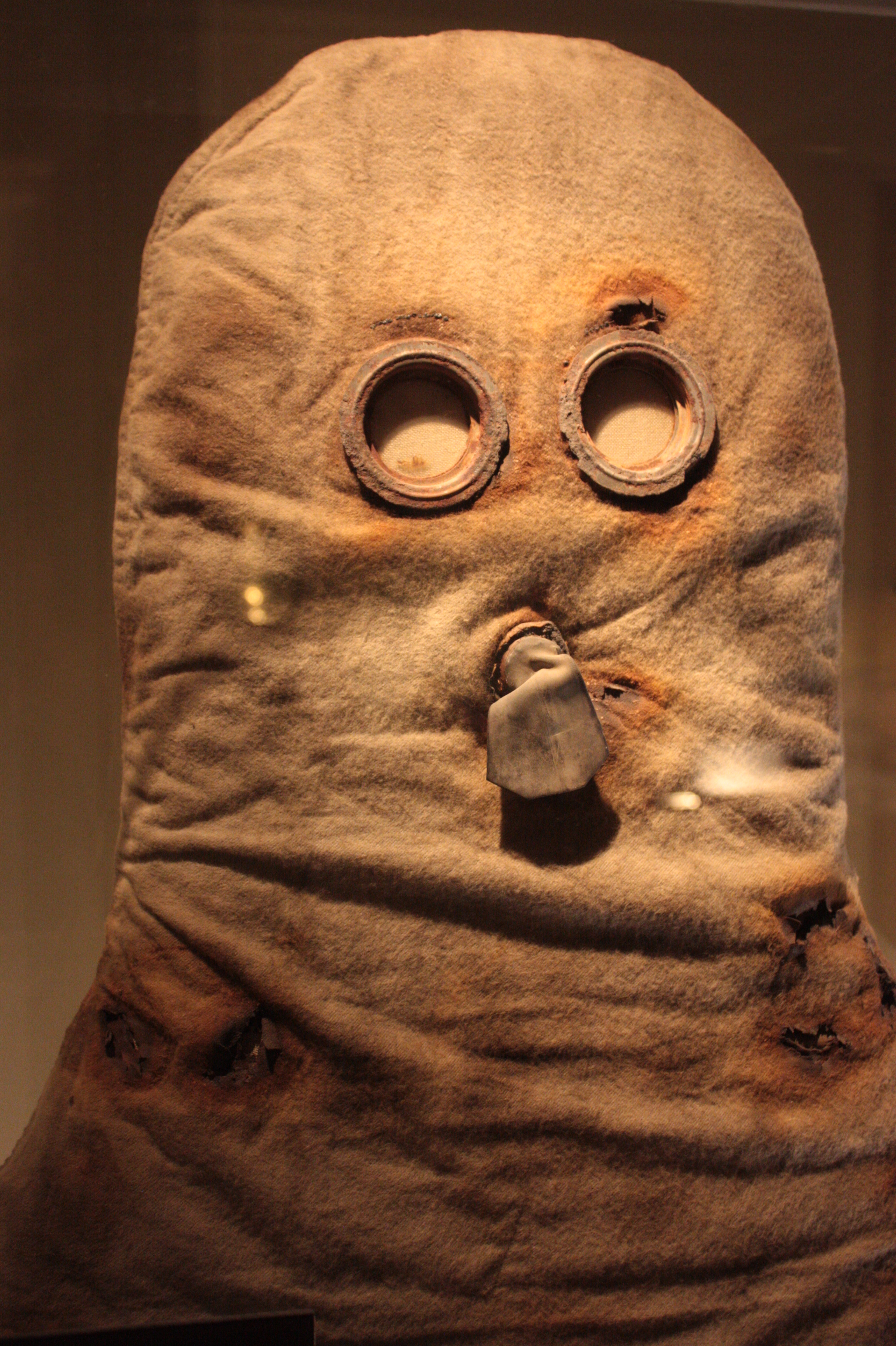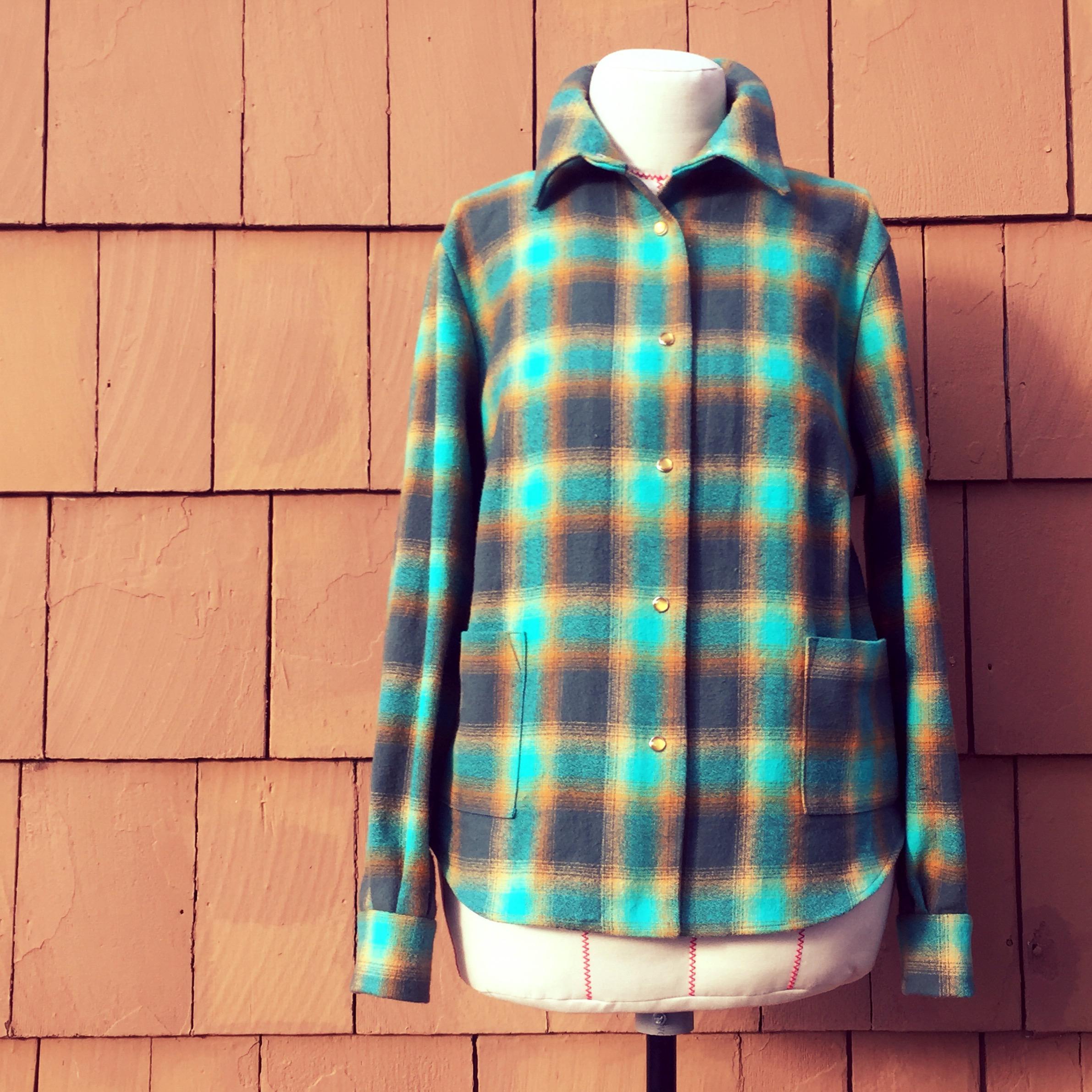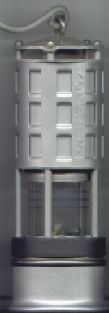|
Small Box Respirator
The Small Box Respirator (SBR) was a British gas mask of the First World War and a successor to the Large Box Respirator. In late 1916, the respirator was introduced by the British with the aim to provide reliable protection against chlorine and phosgene gases. The respirator offered a first line of defence against these. The use of mustard gas, was begun by the Germans; a vesicant ("blister agent") that burnt the skin of individuals that were exposed to it. Death rates were high with exposure to both the mixed phosgene, chlorine and mustard gas, however with soldiers having readily available access to the small box respirator, death rates had lowered significantly. Light and reasonably fitting, the respirator was a key piece of equipment to protect soldiers on the battlefield. Materials and construction The small box respirator consists of a face mask made of rubberized fabric connected by a rubber fabric hose to a canister made of tinplate containing a chemical absorbent. The ... [...More Info...] [...Related Items...] OR: [Wikipedia] [Google] [Baidu] [Amazon] |
British Soldier In A Small Box Respirator
British may refer to: Peoples, culture, and language * British people, nationals or natives of the United Kingdom, British Overseas Territories and Crown Dependencies. * British national identity, the characteristics of British people and culture * British English, the English language as spoken and written in United Kingdom of Great Britain and Northern Ireland and, more broadly, throughout the British Isles * Celtic Britons, an ancient ethno-linguistic group * Brittonic languages, a branch of the Insular Celtic language family (formerly called British) ** Common Brittonic, an ancient language Other uses *People or things associated with: ** Great Britain, an island ** British Isles, an island group ** United Kingdom, a sovereign state ** British Empire, a historical global colonial empire ** Kingdom of Great Britain (1707–1800) ** United Kingdom of Great Britain and Ireland (1801–1922) * British Raj, colonial India under the British Empire * British Hong Kong, colonial Ho ... [...More Info...] [...Related Items...] OR: [Wikipedia] [Google] [Baidu] [Amazon] |
PH Helmet
The P helmet, PH helmet and PHG helmet were early types of gas mask issued by the British Army in the First World War, to protect troops against chlorine, phosgene and tear gases. Rather than having a separate filter for removing the toxic chemicals, they consisted of a gas-permeable hood worn over the head which was treated with chemicals. The P (or Phenate) Helmet, officially called the Tube Helmet, appeared in July 1915, replacing the simpler Hypo Helmet. It featured two mica eyepieces instead of the single visor of its predecessor, and added an exhale valve fed from a metal tube which the wearer held in his mouth. The exhale valve was needed because a double layer of flannel – one treated and one not – was needed because the solution attacked the fabric. It had flannel layers of cloth-dipped in sodium phenolate and glycerin and protected against chlorine and phosgene, but not against tear gas. Around 9 million were made. The PH Helmet (Phenate Hexamine) replaced it ... [...More Info...] [...Related Items...] OR: [Wikipedia] [Google] [Baidu] [Amazon] |
History Of The Great War
The ''History of the Great War Based on Official Documents by Direction of the Committee of Imperial Defence'' (abbreviated to ''History of the Great War'' or ''British Official History'') is a series of concerning the war effort of the British state during the First World War. It was produced by the Historical Section of the Committee of Imperial Defence from 1915 to 1949; after 1919 Brigadier-General Sir James Edmonds was Director. Edmonds wrote many of the army volumes and influenced the choice of historians for the navy, air force, medical and veterinary volumes. Work had begun on the series in 1915 and in 1920, the first volumes of ''Naval Operations'' and ''Seaborne Trade'', were published. The first "army" publication, ''Military Operations: France and Belgium 1914'' Part I and a separate map case were published in 1922 and the final volume, ''The Occupation of Constantinople'' was published in 2010. The ''History of the Great War'' Military Operations volumes were o ... [...More Info...] [...Related Items...] OR: [Wikipedia] [Google] [Baidu] [Amazon] |
Carbon Dioxide
Carbon dioxide is a chemical compound with the chemical formula . It is made up of molecules that each have one carbon atom covalent bond, covalently double bonded to two oxygen atoms. It is found in a gas state at room temperature and at normally-encountered concentrations it is odorless. As the source of carbon in the carbon cycle, atmospheric is the primary carbon source for life on Earth. In the air, carbon dioxide is transparent to visible light but absorbs infrared, infrared radiation, acting as a greenhouse gas. Carbon dioxide is soluble in water and is found in groundwater, lakes, ice caps, and seawater. It is a trace gas Carbon dioxide in Earth's atmosphere, in Earth's atmosphere at 421 parts per million (ppm), or about 0.042% (as of May 2022) having risen from pre-industrial levels of 280 ppm or about 0.028%. Burning fossil fuels is the main cause of these increased concentrations, which are the primary cause of climate change.IPCC (2022Summary for pol ... [...More Info...] [...Related Items...] OR: [Wikipedia] [Google] [Baidu] [Amazon] |
Viyella
Viyella is a blend of wool and cotton first woven in 1893 in England, and the "first branded fabric in the world".''Times'', 8 Sep 1987 It was made of 55% merino wool and 45% cotton in a twill weave, developed by James and Robert Sissons of William Hollins & Co, spinners and hosiers. The brand name, first registered as a trademark in 1894, and registered in the United States in 1907, soon covered not only the original fabric, to be sold by the yard (piece goods), but also clothing. At first this was made by separate businesses, but it was not long before Hollins started producing their own clothes and offering franchises to manufacturers who would use the Viyella label. Following increasing emphasis on garment manufacture over the years, Viyella is now a fashion brand for clothes and home furnishings made of a variety of fabrics. The original wool/cotton blend is no longer sold. The fabric Viyella was a soft dress-weight fabric that was more resistant to shrinkage than any c ... [...More Info...] [...Related Items...] OR: [Wikipedia] [Google] [Baidu] [Amazon] |
Sodium Carbonate
Sodium carbonate (also known as washing soda, soda ash, sal soda, and soda crystals) is the inorganic compound with the formula and its various hydrates. All forms are white, odourless, water-soluble salts that yield alkaline solutions in water. Historically, it was extracted from the ashes of plants grown in sodium-rich soils, and because the ashes of these sodium-rich plants were noticeably different from ashes of wood (once used to produce potash), sodium carbonate became known as "soda ash". It is produced in large quantities from sodium chloride and limestone by the Solvay process, as well as by carbonating sodium hydroxide which is made using the chloralkali process. Hydrates Sodium carbonate is obtained as three hydrates and as the anhydrous salt: * sodium carbonate decahydrate ( natron), Na2CO3·10H2O, which readily effloresces to form the monohydrate. * sodium carbonate heptahydrate (not known in mineral form), Na2CO3·7H2O. * sodium carbonate monohydrate ( thermonatr ... [...More Info...] [...Related Items...] OR: [Wikipedia] [Google] [Baidu] [Amazon] |
Hypo Helmet
The Hypo helmet, or British Smoke Hood (its official name), was an early British World War I gas mask, designed by Cluny Macpherson. Background The German army used poison gas, in the form of chlorine, for the first time against Triple Entente troops at the Second Battle of Ypres, Belgium, on 22 April 1915. The British began issuing cotton wool wrapped in muslin to its troops by 3 May. This was followed by the Black Veil Respirator, invented by John Scott Haldane, which began to be issued to troops on 20 May 1915. The Black Veil was a cotton pad soaked in an absorbent solution which was secured over the mouth using black cotton veiling. The veiling could be drawn up to cover the eyes, providing some protection against lachrymatory agents but the mask still provided little protection against chlorine gas. It was also of fragile construction, required training to use and largely immobilised men during a gas attack as they were concerned about their mask coming loose. Design Seek ... [...More Info...] [...Related Items...] OR: [Wikipedia] [Google] [Baidu] [Amazon] |
Glycerine Acetate
Glycerine acetate is a mixture of esters produced from the esterification of glycerol (1) with acetic acid. This reaction produces five congeners: * the two monoacetylglycerols / MAG / monoacetin (2 and 3) * the two diacetylglycerols / DAG / diacetin / glyceryl diacetate (4 and 5) * the one triacetalglycerol / TAG / triacetin (6) In addition, two of the congeners, 2 and 4, are chiral and can exist in either of two enantiomeric forms. Uses DAG and TAG can be used as fuel additives for improving the cold and viscosity properties of biodiesel or the antiknocking properties of gasoline Gasoline ( North American English) or petrol ( Commonwealth English) is a petrochemical product characterized as a transparent, yellowish, and flammable liquid normally used as a fuel for spark-ignited internal combustion engines. When for .... Notes {{Reflist Acetate esters Glycerol esters ... [...More Info...] [...Related Items...] OR: [Wikipedia] [Google] [Baidu] [Amazon] |
Sodium Hyposulfite
Sodium is a chemical element; it has symbol Na (from Neo-Latin ) and atomic number 11. It is a soft, silvery-white, highly reactive metal. Sodium is an alkali metal, being in group 1 of the periodic table. Its only stable isotope is 23Na. The free metal does not occur in nature and must be prepared from compounds. Sodium is the sixth most abundant element in the Earth's crust and exists in numerous minerals such as feldspars, sodalite, and halite (NaCl). Many salts of sodium are highly water-soluble: sodium ions have been leached by the action of water from the Earth's minerals over eons, and thus sodium and chlorine are the most common dissolved elements by weight in the oceans. Sodium was first isolated by Humphry Davy in 1807 by the electrolysis of sodium hydroxide. Among many other useful sodium compounds, sodium hydroxide (lye) is used in soap manufacture, and sodium chloride (edible salt) is a de-icing agent and a nutrient for animals including humans. So ... [...More Info...] [...Related Items...] OR: [Wikipedia] [Google] [Baidu] [Amazon] |
Flannel
Flannel is a soft woven fabric, of varying fineness. Flannel was originally made from carded wool or worsted yarn, but is now often made from either wool, cotton, or synthetic fiber. Flannel is commonly used to make tartan clothing, blankets, bed sheets, sleepwear, and several other uses. Flannel may be brushed to create extra softness or remain unbrushed. Brushing is a mechanical process wherein a fine metal brush rubs the fabric to raise fine fibres from the loosely spun yarns to form a nap on one or both sides. If the flannel is not napped, it gains its softness through the loosely spun yarn in its woven form. The term "flannel shirt" is often mistakenly used to refer to any shirt with a plaid or tartan pattern. However, 'flannel' refers simply to the fabric; not all flannel shirts are plaid and not all plaid shirts are flannel. History The word's origin is uncertain, but a Welsh origin has been suggested as fabric similar to flannel can be traced back to Wales, where ... [...More Info...] [...Related Items...] OR: [Wikipedia] [Google] [Baidu] [Amazon] |
Muslin
Muslin () is a cotton fabric of plain weave. It is made in a wide range of weights from delicate sheers to coarse sheeting. It is commonly believed that it gets its name from the city of Mosul, Iraq. Muslin was produced in different regions of the Indian subcontinent; Bengal Region was the main manufacturing area and the main centers were Sonargaon (near Dhaka), Shantipur and Murshidabad. Muslin was also produced in Malda and Hooghly. The muslin produced at Sonargaon and its surrounding areas was of excellent quality, which is popularly known as ''Dhaka Muslin''. The muslin produced in Shantipur came to be known as ''Shantipuri Muslin'', which was recognized by the East India Company. Muslin was made in Dhaka (Sonargaon) from very fine yarn, which is made from cotton called '' Phuti karpas''; while in Malda, Radhanagar and Burdwan, muslin was made from fine yarn made from ''nurma'' or ''kaur'' cotton. A minimum of 300-count yarn was used for the muslin, making the muslin as t ... [...More Info...] [...Related Items...] OR: [Wikipedia] [Google] [Baidu] [Amazon] |
John Scott Haldane
John Scott Haldane (; 2 May 1860 – 14/15 March 1936) was a Scottish physician physiologist and philosopher famous for intrepid self-experimentation which led to many important discoveries about the human body and the nature of gases. He also experimented on his son, the celebrated and polymathic biologist J. B. S. Haldane, even when he was quite young. Haldane locked himself in sealed chambers breathing potentially lethal cocktails of gases while recording their effect on his mind and body. Haldane visited the scenes of many mining disasters and investigated their causes. When the Germans used poison gas in World War I, Haldane went to the front at the request of Lord Kitchener and attempted to identify the gases being used. One outcome of this was his invention of a respirator, known as the black veil. Haldane's investigations into decompression sickness resulted in the concept of staged decompression, and the first reasonably reliable decompression tables, and his m ... [...More Info...] [...Related Items...] OR: [Wikipedia] [Google] [Baidu] [Amazon] |








